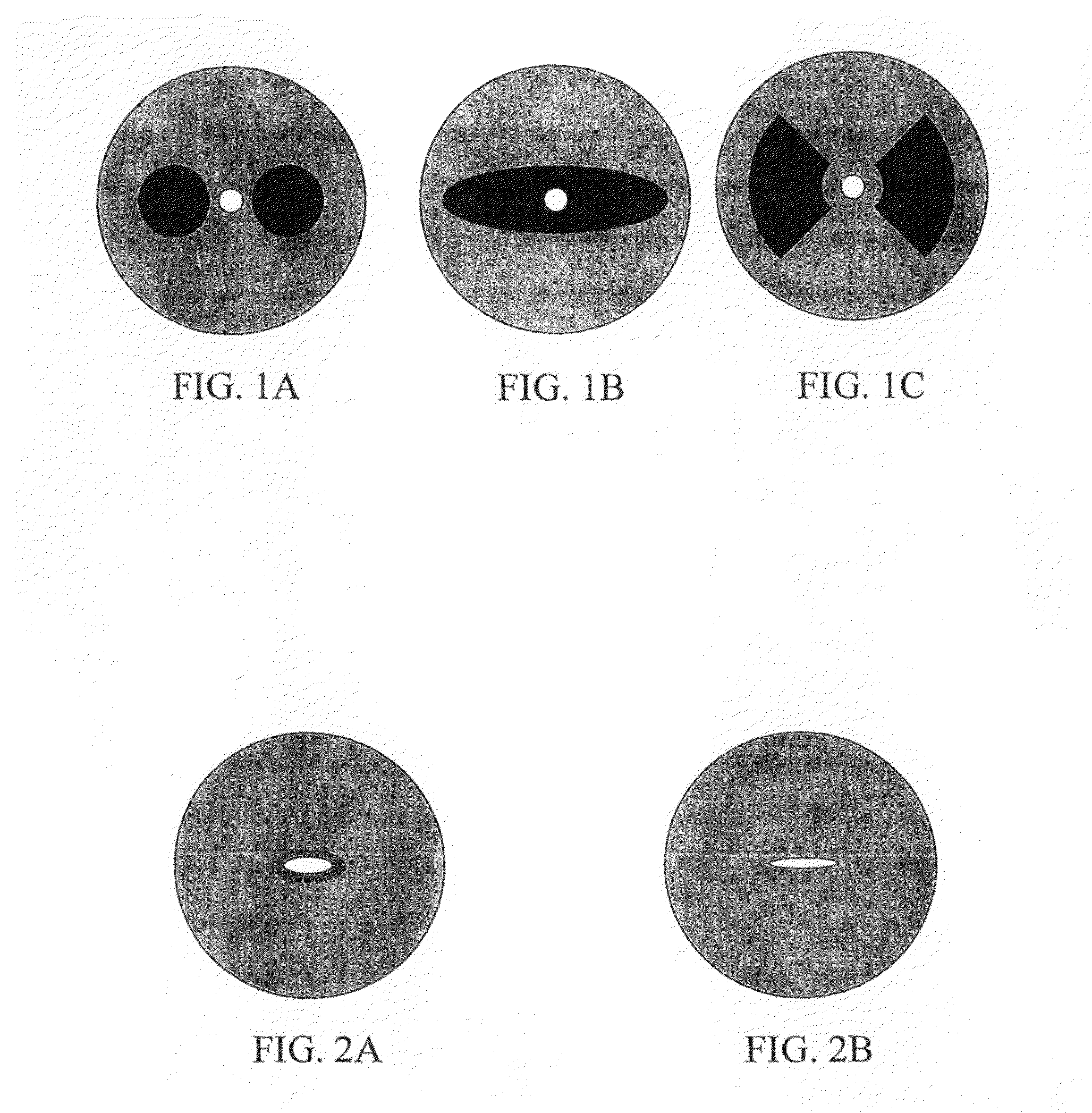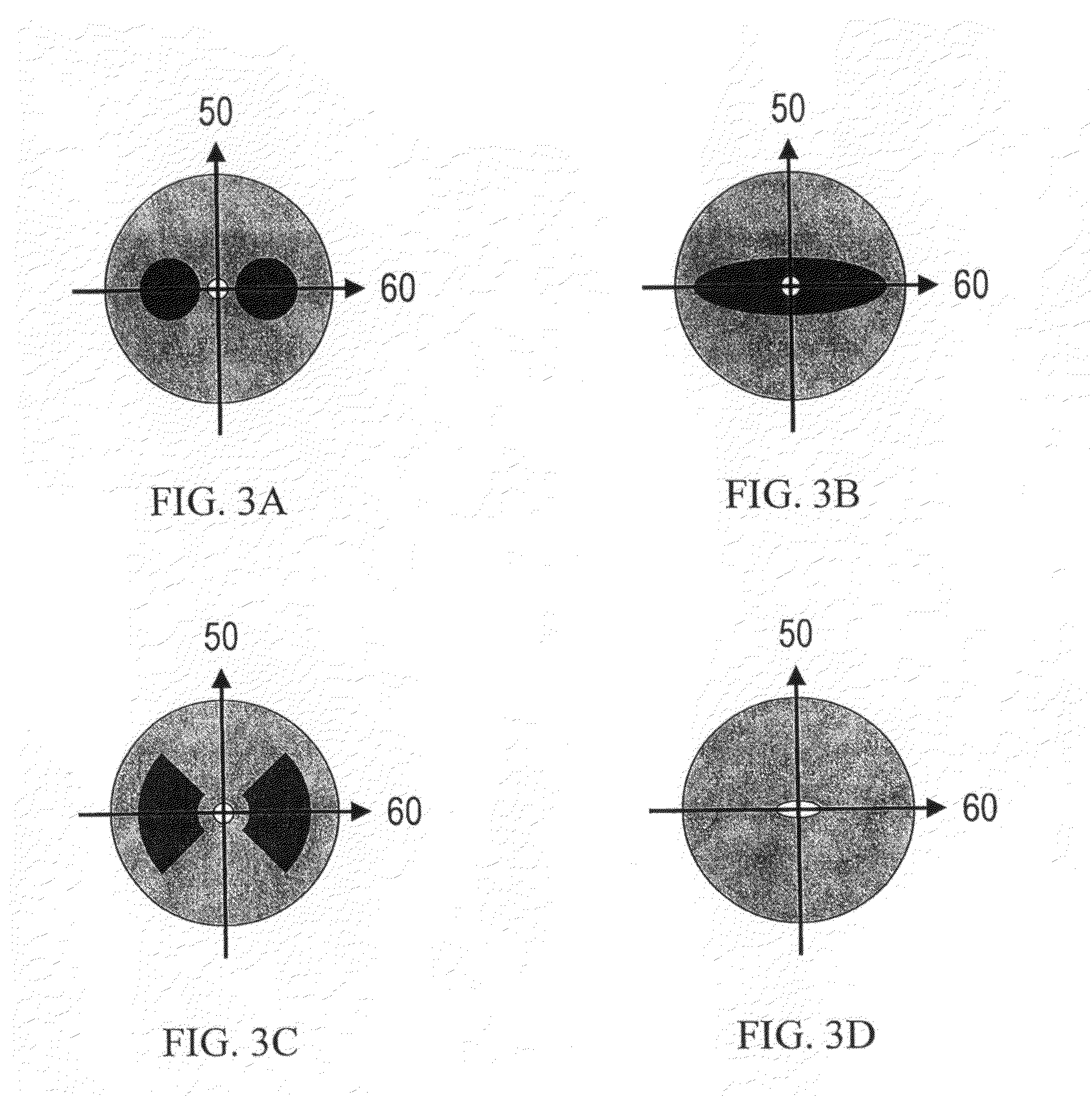Image profile analysis (IPA) method for pm fiber alignment
- Summary
- Abstract
- Description
- Claims
- Application Information
AI Technical Summary
Benefits of technology
Problems solved by technology
Method used
Image
Examples
Embodiment Construction
[0056]The present invention will now be described more fully with reference to the accompanying drawings, in which exemplary embodiments of the invention are shown. These embodiments are provided so that this disclosure will be thorough and complete, and will fully convey the concept of the invention to those skilled in the art. However, the invention may be embodied in many different forms, and should not be construed as being limited to the exemplary embodiments set forth herein. In the drawings, like reference numerals denote like elements, and the thicknesses of layers and regions may be exaggerated for clarity and convenience.
[0057]According to an exemplary embodiment of the present invention, a method for aligning a polarization-maintaining optical fiber is provided. FIG. 12 shows image profiles of ends of two polarization-maintaining optical fibers. Each of the image profiles is acquired by using the method shown in FIG. 10, in which collimated light is incident on the side o...
PUM
 Login to View More
Login to View More Abstract
Description
Claims
Application Information
 Login to View More
Login to View More - R&D
- Intellectual Property
- Life Sciences
- Materials
- Tech Scout
- Unparalleled Data Quality
- Higher Quality Content
- 60% Fewer Hallucinations
Browse by: Latest US Patents, China's latest patents, Technical Efficacy Thesaurus, Application Domain, Technology Topic, Popular Technical Reports.
© 2025 PatSnap. All rights reserved.Legal|Privacy policy|Modern Slavery Act Transparency Statement|Sitemap|About US| Contact US: help@patsnap.com



